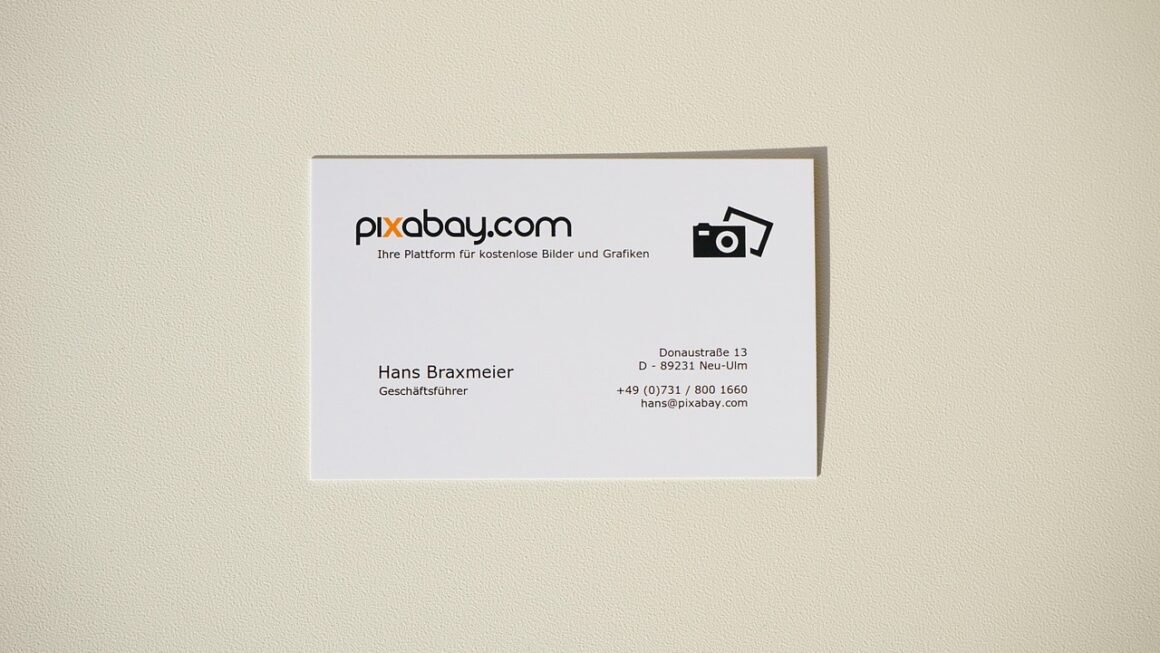Innovation is the cornerstone of progress, driving businesses and societies forward. It encompasses the development of new ideas, products, and processes that enhance efficiency, quality, and value. In today’s rapidly changing landscape, organizations that embrace innovation not only remain competitive but also unlock new opportunities for growth. Whether you are a startup or an established enterprise, understanding the nature and significance of innovation can help you foster a culture that prioritizes creativity and adaptability.
Understanding Innovation
At its core, innovation refers to the implementation of creative ideas to provide a solution to existing problems or to create new value. It can take various forms, including:
- Product Innovation: Development of new or improved goods and services.
- Process Innovation: Enhancement of production or delivery methods to improve efficiency.
- Business Model Innovation: Reevaluation and redesign of existing business models.
- Technological Innovation: Application of new technologies to improve functionalities.
Types of Innovation
Understanding the various types of innovation can help organizations decide how to allocate resources effectively:
- Incremental Innovation: Small, continuous improvements made to existing products or services.
- Disruptive Innovation: Innovations that significantly change or replace established products or industries.
- Radical Innovation: Breakthrough developments that create entirely new markets.
The Importance of Innovation
Innovation plays a crucial role in fostering growth in numerous ways:
- Competitive Advantage: Innovative companies can differentiate themselves from competitors.
- Market Relevance: Staying innovative helps companies meet changing consumer demands.
- Operational Efficiency: Improved processes can reduce costs and increase productivity.
- Economic Growth: Innovation is a key driver of economic expansion and job creation.
Statistics on Innovation
To put the impact of innovation into perspective, consider the following statistics:
- According to McKinsey, companies that prioritize innovation have achieved 30% higher market share than their less innovative counterparts.
- A study by PwC found that 61% of business leaders state that innovation is crucial to their organization’s growth strategy.
- Research indicates that businesses focusing on innovation see a median profit margin 50% higher than those that do not.
Strategies to Foster Innovation
Creating a culture that supports innovation is essential for harnessing new ideas:
- Encourage Open Communication: Facilitate a dialogue where employees feel safe to share ideas.
- Invest in Research and Development: Allocate a portion of your budget to explore new trends and technologies.
- Promote Cross-Department Collaboration: Break down silos to leverage diverse perspectives and expertise.
- Use Customer Feedback: Incorporate user feedback to refine and innovate products and services.
Tools and Frameworks for Innovation
Several frameworks and tools can assist in promoting innovation:
- Design Thinking: A user-centric approach that emphasizes empathy and problem-solving.
- Agile Methodology: A process that encourages iterative development and flexibility.
- Lean Startup: A framework that focuses on quickly building products to validate ideas with real users.
Examples of Successful Innovation
Several companies have demonstrated the power of innovation:
- Apple: Revolutionized the smartphone market with the introduction of the iPhone, combining various technologies into a user-friendly device.
- Tesla: Transformed the automotive industry with electric vehicles and sustainable energy solutions.
- Airtable: Merged traditional spreadsheets with complex database functionalities, making project management more innovative and intuitive.
Conclusion
Innovation is not just a buzzword; it is a necessity for businesses aiming to thrive in an ever-evolving world. By embracing different types of innovation and fostering an organizational culture that encourages creativity, businesses can stay ahead of the curve. Whether through product development, process improvements, or adopting new business models, the key to sustained success lies in continuous innovation. As you consider your strategies, remember to leverage tools and frameworks that support innovative thinking, keeping your organization agile and adaptable in the face of change. Take the first step towards fostering an innovative environment today, and witness the transformation in your business’s trajectory.




